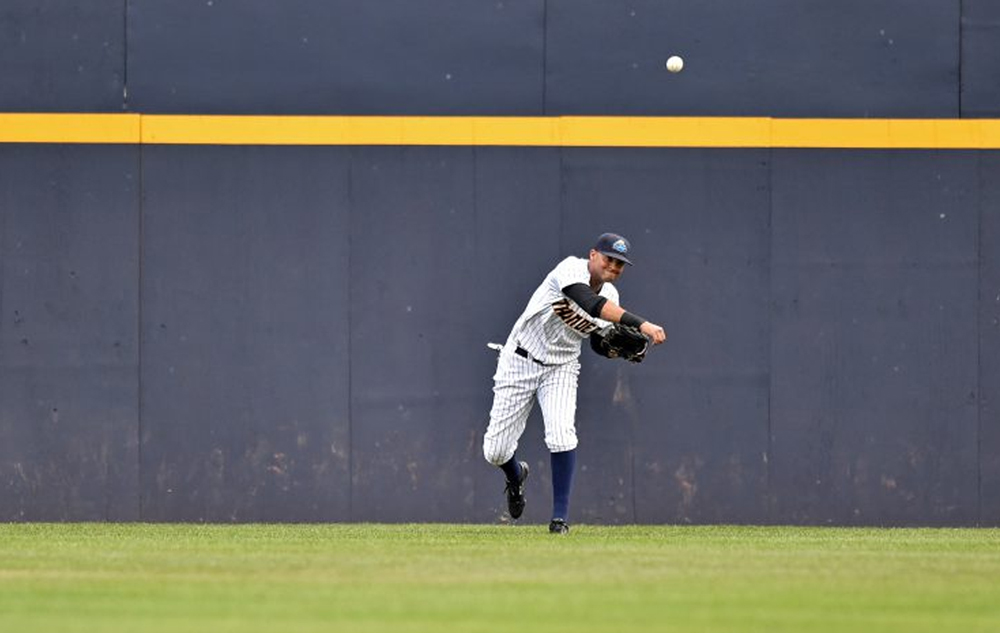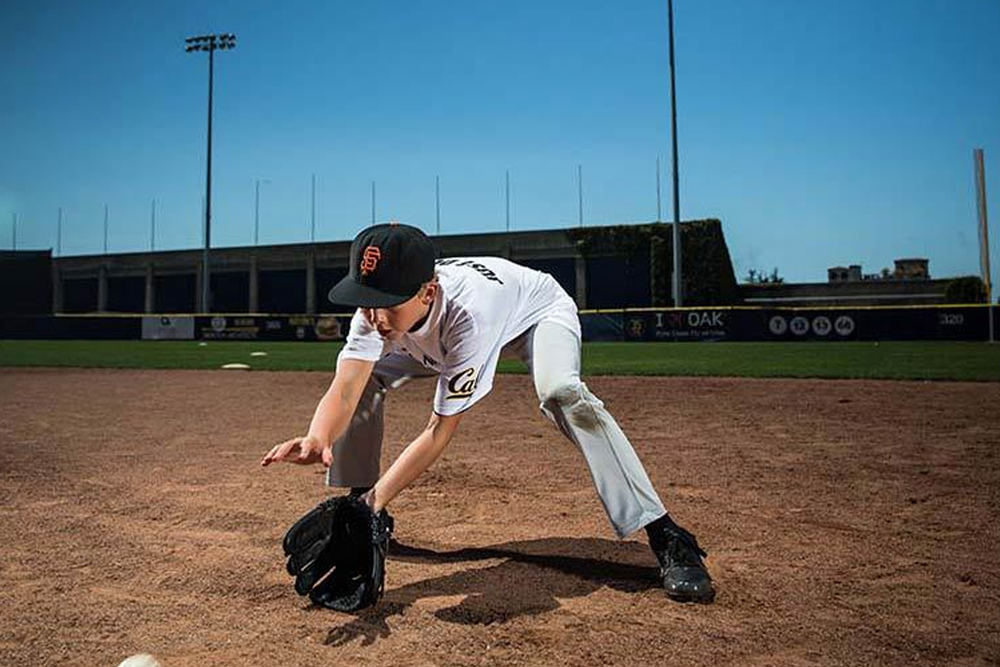Turning double plays and making accurate throws are essential skills for 2nd basemen in baseball. To excel in these aspects of the game, it’s crucial to have proper footwork and throwing techniques. In this guide, we’ll delve into the key elements of footwork and throwing for 2nd basemen, helping you perfect the pivot and make precise throws in high-pressure situations.
1. The Double Play Pivot
The pivot is a defining moment in turning double plays. Proper footwork and positioning are essential:
- Positioning: Start with your weight on the balls of your feet and your knees slightly bent, maintaining a low, athletic stance. Position yourself a step or two to the right of 2nd base in a double-play depth.
- Step to the Base: As the ball is hit, step on the base with your foot just before or as you catch the ball. This is your pivot foot.
- Cross Over: After stepping on the base, quickly cross over with your other foot to create momentum towards 1st base.
- Direction of Throw: Square up your shoulders and hips to 1st base, preparing to make the throw. Your body should be aligned with your target.
2. Quick Release

Speed is crucial when turning double plays:
- Quick Transition: Transfer the ball from your glove to your throwing hand as swiftly as possible. Keep your hands close to your body for an efficient transfer.
- Minimize Steps: Use the fewest number of steps necessary to make the throw. Avoid unnecessary movement that can slow down the process.
3. Throwing Techniques
A strong, accurate throw is essential for completing double plays and making plays at 1st base:
- Follow Through: When making a throw, focus on a strong follow-through motion. Your arm should extend fully towards your target.
- Release Point: Release the ball from a consistent, repeatable point. This consistency improves accuracy.
- Accuracy Over Distance: Focus on making accurate throws rather than throwing for maximum distance. In most cases, a precise throw is more valuable than a strong one.
4. The Backhand Flip
In some situations, you may need to make a quick backhand flip to the shortstop to initiate the double play:
- Practice the Flip: Spend time practicing this skill with your shortstop or a partner. Work on the timing and accuracy of the flip.
- Stay Low: Maintain a low stance when making the backhand flip. This allows for a smoother transfer and quicker release.
5. The Underhand Flip

For softer ground balls, an underhand flip to the shortstop or the pitcher covering 2nd base can be effective:
- Soft Toss: Practice the underhand flip to develop a soft touch. The goal is to gently guide the ball to your teammate.
- Accuracy: Focus on the accuracy of your underhand flip to ensure your teammate can handle the ball easily.
6. Drills for Improvement
Incorporate these drills into your training regimen to refine your footwork and throwing techniques:
- Double Play Drills: Practice double play scenarios with a partner or a coach, simulating different game situations.
- Footwork Drills: Set up cones or markers to work on your pivot and crossover footwork. Emphasize quick, precise movements.
- Throwing Accuracy Drills: Use targets or markers to practice throwing accuracy. Aim for consistent, on-target throws.
- Game Situation Drills: Replicate game scenarios during practice to improve your decision-making and adaptability.
By focusing on proper footwork and throwing techniques, 2nd basemen can become valuable assets to their teams. Perfecting the pivot and making precise throws in double play situations and routine plays at 1st base can be the difference between victory and defeat in baseball. Remember that practice, repetition, and attention to detail are the keys to success in these critical aspects of the game.
